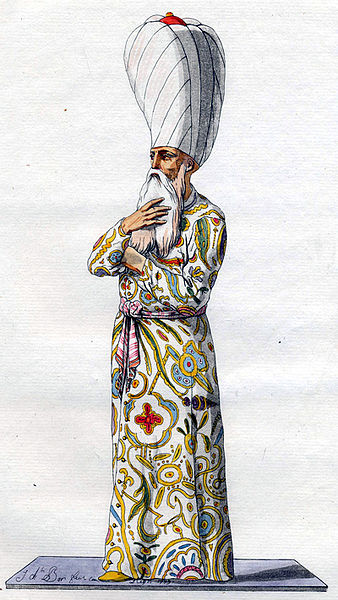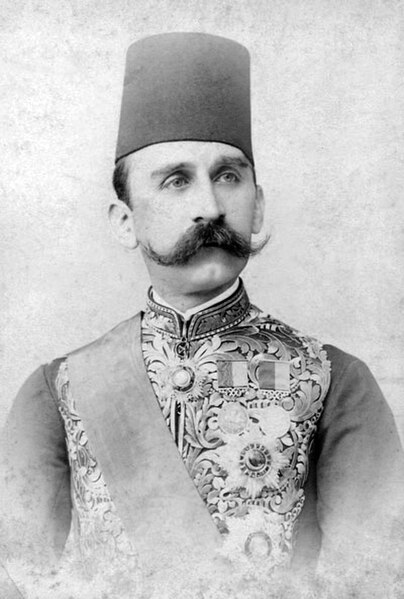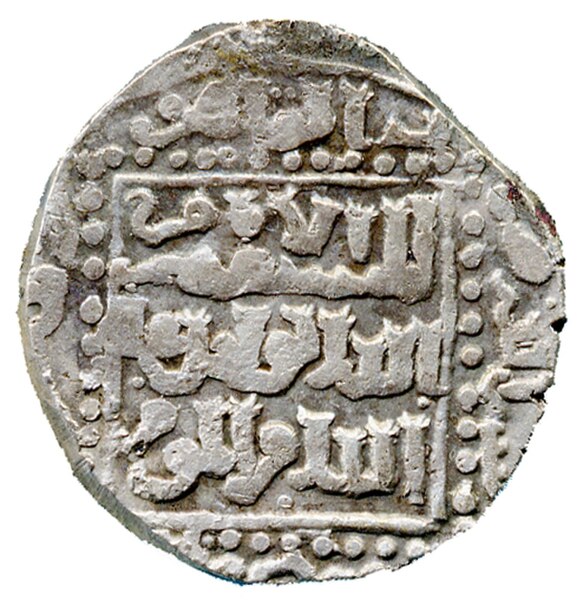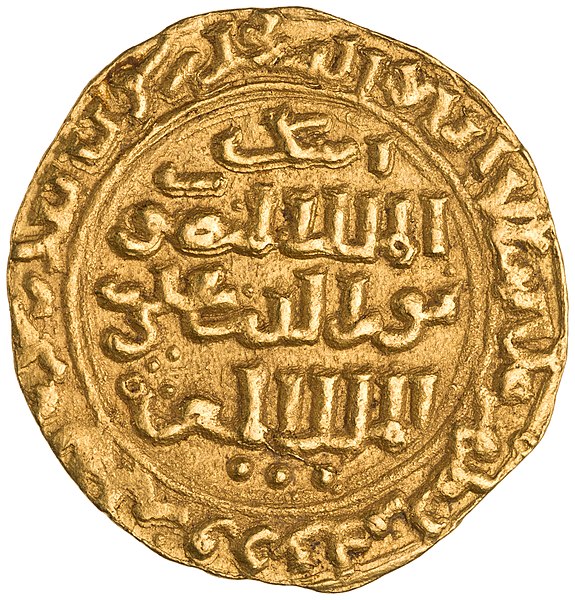Al-Ashraf Abu Al-Nasr Tuman bay, better known as Tuman bay II was the final Mamluk Sultan of Egypt before the country's conquest by the Ottoman Empire in 1517. He ascended to the sultanic throne during the final period of Mamluk rule in Egypt, after the defeat of his predecessor, Sultan Al-Ashraf Qansuh al-Ghawri, by Ottoman Sultan Selim I at the Battle of Marj Dabiq in 1516. He was the last person to hold the title of Sultan of Egypt until the re-establishment of the sultanate 397 years later under Hussein Kamel in 1914.
Portrait of Tuman bay II by Paolo Giovio
Execution of Tuman bay II (etching by Jan Luyken)
Sultan of Egypt was the status held by the rulers of Egypt after the establishment of the Ayyubid dynasty of Saladin in 1174 until the Ottoman conquest of Egypt in 1517. Though the extent of the Egyptian Sultanate ebbed and flowed, it generally included Sham and Hejaz, with the consequence that the Ayyubid and later Mamluk sultans were also regarded as the Sultans of Syria. From 1914, the title was once again used by the heads of the Muhammad Ali dynasty of Egypt and Sudan, later being replaced by the title of King of Egypt and Sudan in 1922.
Painting from 1779 of a councilor to the Sultan of Egypt during Mamluk rule.
Hussein Kamel, Sultan of Egypt, 1914–1917.
Image: Silver dirham of Aybak
Image: Gold dinar of al Mansur Nur ad Din Ali






